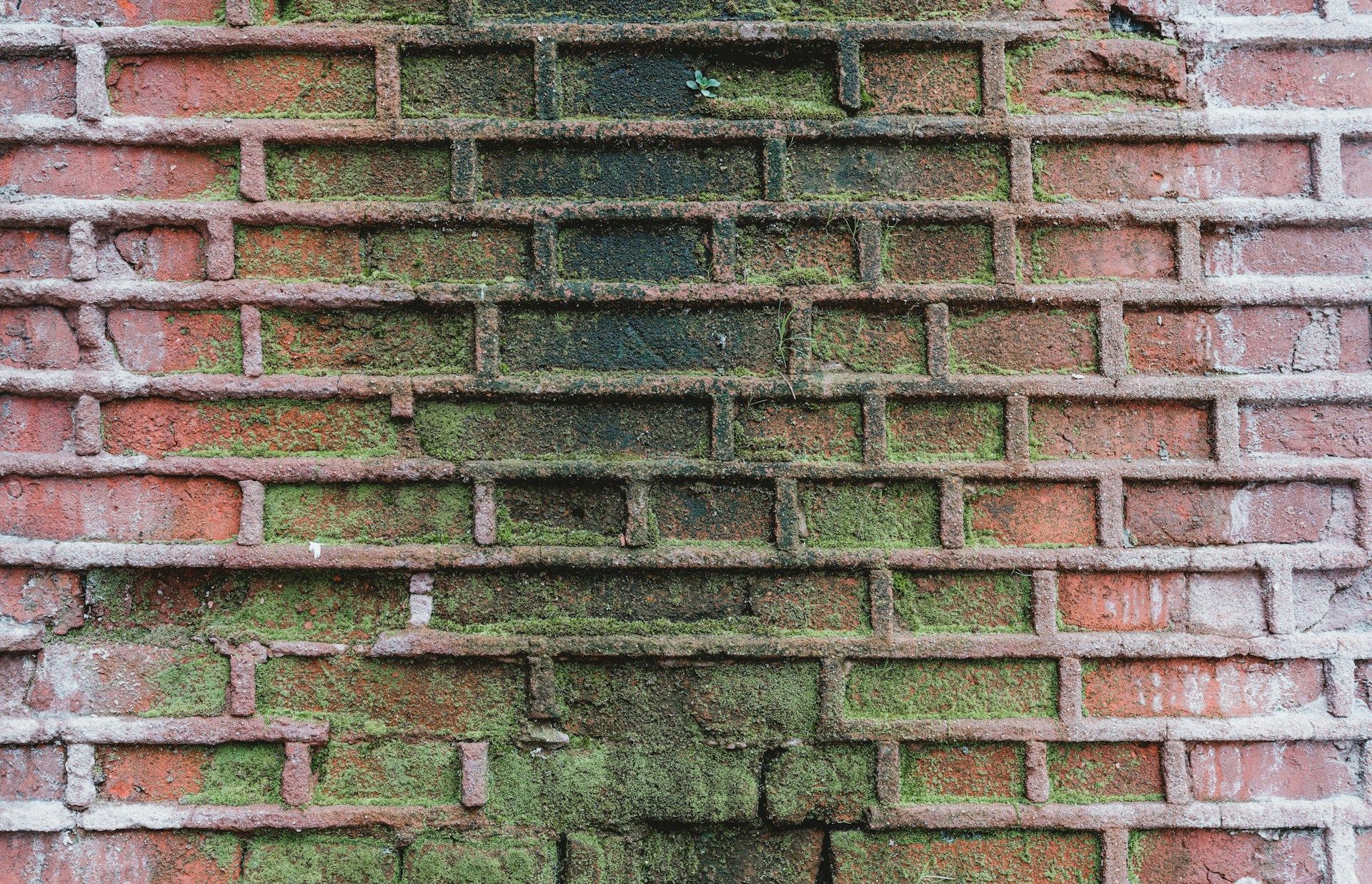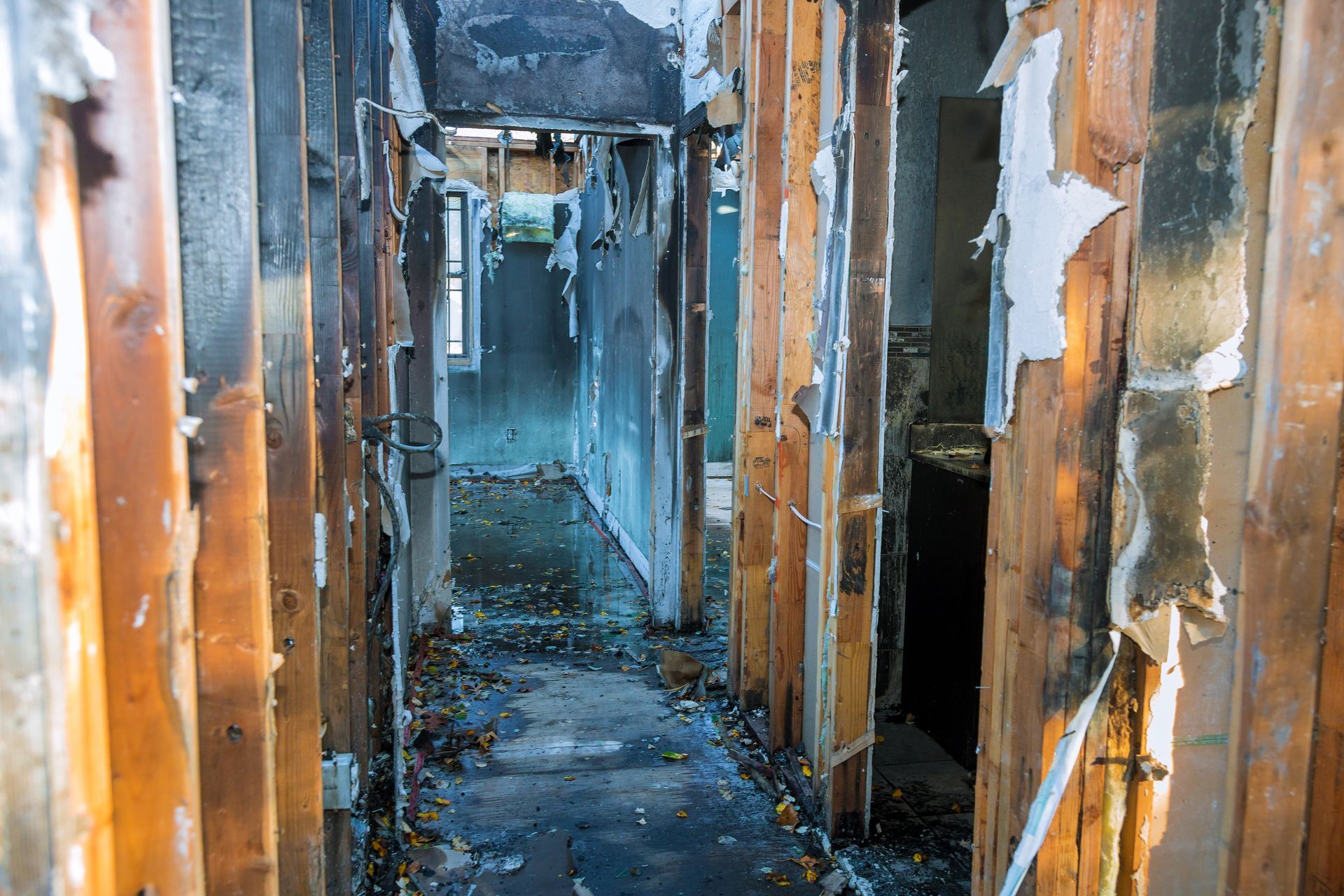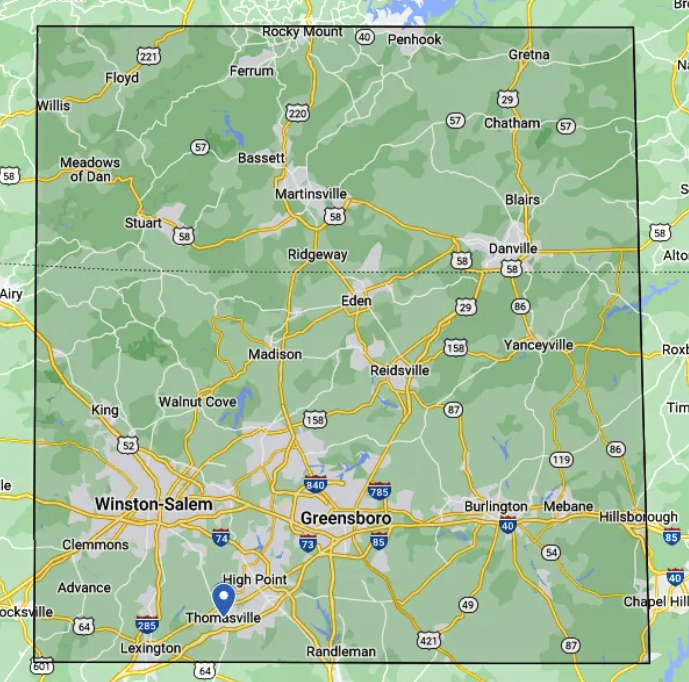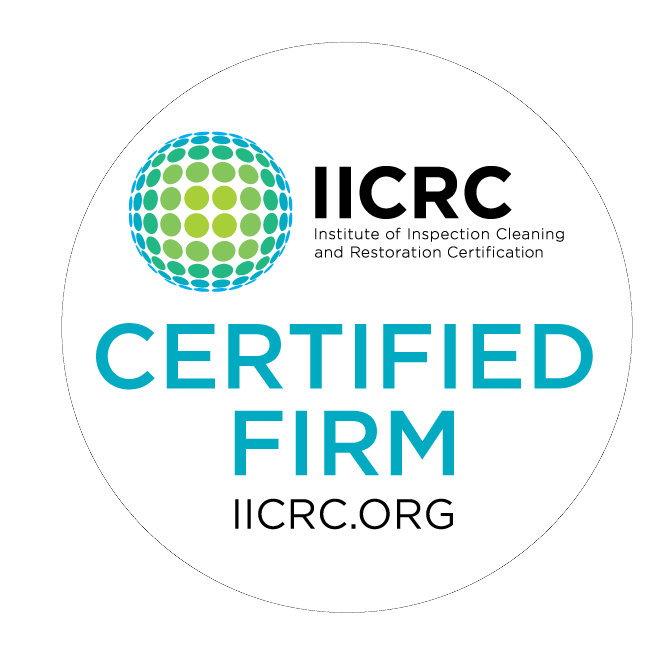Seven Different Kinds of Mold (And When It's Time to Call The Professionals)
When it comes to the various kinds of mold that can invade your home, not all are created equal. Some are a mere nuisance, while others can cause significant damage to your property and health. Understanding these differences is key to maintaining a safe and healthy living environment.
Here, we'll explore seven common kinds of mold found in homes and buildings, and we'll discuss when it's time to call in a professional mold removal company.
How Mold Grows
Mold development in your home is a silent process. Mold is often unnoticed until it becomes a visible problem. Mold grows from mold spores, which are invisible to the naked eye. In their dormant state, they are usually benign. But once they land on a spot that provides the right conditions, they can grow.
Once a mold spore lands on a suitable surface, it sends out tiny roots called hyphae. These hyphae spread across the material, both on the surface and deep into it, if the material is porous. As the mold matures, it reproduces by creating more spores, which can then spread to other areas of your home through the air or by attaching to clothing, pets, and objects.
Mold needs moisture to grow. Most molds also need warmth, although some grow in cooler temperatures. If you suspect there is mold in your home and want to find it, try looking in areas where there is a lot of moisture or water damage.
Aspergillus
When you encounter Aspergillus, you're meeting one of the most common kinds of mold found in American homes. This mold can show up in a spectrum of colors, from a powdery green to a subtle blue or even a stark black. It's not picky about where it settles, as long as the environment is rich in oxygen and the air is moist.
While it's not the most dangerous mold, it can cause respiratory issues in those with weakened immune systems or lung diseases. If you spot this mold at home, it's a sign of excess moisture that needs addressing.
Cladosporium
This mold can grow in both warm and cool conditions, making it a possibility year-round, and is often found on fabrics, carpets, and under floorboards. This mold can be harder to find since its spread is not always as obvious as it is for other mold types.
While Cladosporium may not carry the same notorious reputation as some of its more toxic mold relatives, it can still negatively affect someone’s health. For those with sensitivities, this mold is an
allergen that can provoke a spectrum of allergic reactions, from sneezing and itchy eyes to asthma attacks.
Black Mold (Stachybotrys Chartarum)
Perhaps the most infamous kind of mold, black mold is known for its potential to cause serious health issues. It's usually associated with long-term moisture problems and can be identified by its musty smell and dark green or black color.
The danger of black mold lies in the potent mycotoxins it produces. These toxins are capable of causing a range of health problems, particularly when individuals are exposed over a prolonged period. Symptoms can include chronic coughing, sneezing, irritation to the eyes and throat, and even more severe reactions such as persistent headaches, memory loss, and mood changes.
The risks are amplified for vulnerable groups, such as children and the elderly. The risks of this mold are also high for individuals with pre-existing respiratory conditions, such as asthma or chronic obstructive pulmonary disease (COPD).
If you see the signs of black mold in your home, reach out to a mold removal company immediately to protect yourself and others. Black mold tends to grow in hard-to-find spaces, so don’t wait to call an expert if you smell mold or see the signs but haven’t yet found the mold.
Penicillium
Penicillium is easy to identify due to its blue or green color. It is commonly found on materials damaged by water. It is a fast-acting invader and spreads quickly.
Penicillium is an allergenic mold, meaning it can trigger a host of allergic reactions. Individuals exposed to this mold might find themselves suffering from runny or blocked noses, itchy eyes, and sneezing fits. For those with pre-existing conditions such as asthma, the spores of Penicillium can be particularly problematic.
Penicillium doesn't just affect health; it can also cause significant damage to the structural integrity of a building. As it spreads, it digests and breaks down the organic materials it grows on, weakening structures and, over time, leading to the need for repairs or replacement of materials.
Because of the damage it can cause and how quickly it spreads, if you find this mold in your home, don’t hesitate to call a professional to remove it.
Alternaria
This mold is often found in bathrooms — in showers, bathtubs, and below leaking sinks. Like most of the molds on this list, it’s a known allergen and is particularly harmful for those with weakened respiratory systems.
Given its aggressive nature and the potential health risks, addressing Alternaria growth promptly is of the utmost importance. While minor mold growth can sometimes be managed with household cleaning products and improved ventilation, the pervasive nature of Alternaria often necessitates professional intervention.
Chaetomium
Chaetomium is another mold commonly found in water-damaged homes and buildings. One of the hallmark signs of a Chaetomium infestation is its distinctive musty odor. It starts with a white coloration and darkens over time.
This mold is known to cause infections. While not as common as respiratory issues associated with other molds, Chaetomium can lead to skin and nail infections, posing a risk to individuals who come into direct contact with the mold. These infections can range from mild irritations to more severe inflammation that requires medical treatment.
Given the resilient nature of Chaetomium and the potential for it to contribute to health problems, removal is not a task for the untrained. Professional
mold remediation services are strongly recommended to handle Chaetomium infestations.
Trichoderma
Trichoderma molds are typically found on damp surfaces, wallpaper, and other similar materials. Trichoderma is particularly notorious for its destructive tendencies when it comes to building materials. It has a voracious appetite for wood, causing it to rot, which compromises the structural integrity of a building.
One of the most troubling aspects of Trichoderma is that certain species within this genus are known to produce mycotoxins, similar to those produced by black mold. Exposure to these mycotoxins can lead to a variety of health issues, including allergic reactions, respiratory problems, and more severe conditions depending on the duration and level of exposure.
Professional mold removal companies are best equipped to handle this kind of mold due to its destructive nature.
When to Call in the Professionals
While some minor mold issues can be handled with a thorough cleaning and improved ventilation, there are certain situations where a professional mold removal company should be called:
When mold covers a large area (typically larger than 10 square feet)- If mold develops after flooding with water that may be contaminated with sewage or other hazardous substances
- When mold is in your HVAC system
- If you have health concerns that may be aggravated by exposure to mold
- When you can smell mold but cannot find the source
- If mold keeps returning after repeated cleaning
A professional mold remediation company will have the tools and expertise to safely and effectively remove the mold from the air, carpet, drywall, floor, or ceiling of your home. They can also help identify the source of the moisture that's allowing the mold to grow and suggest ways to prevent future growth.
Prevention Is Key
The best way to deal with mold is to prevent it from occurring in the first place. This means controlling moisture levels in your home, repairing leaks promptly, ensuring good ventilation, and keeping humidity levels in check. Regular inspections of potential problem areas can also help catch mold growth early before it becomes a bigger issue.
Trust Pro-Restoration Services to Remove Your Mold
Knowing about different kinds of mold can help you maintain a healthy environment in your home. While some molds are less harmful, others require immediate attention from a mold removal company. Remember, mold remediation is not just about removing what you can see; it's about ensuring that your indoor environment is safe, clean, and healthy for everyone.
If you're unsure about the type of mold in your home or if you're dealing with a significant infestation, don't hesitate to reach out to
Pro-Care Restoration. Our experts are trained in identifying and eliminating all kinds of mold, ensuring your home is safe and your health is not at risk.
Remember, when it comes to mold, it's better to be safe than sorry. So, if you spot any of the kinds of mold mentioned above,
visit our website or
give us a call — we're here to help restore your peace of mind.
Serving North Carolina
& Southern Virginia
Eden, NC
Madison, NC
Yanceyville, NC
Reidsville, NC
Walnut Cove, NC
King, NC
Winston-Salem, NC
Greensboro, NC
Burlington, NC
Mebane, NC
Hillsborough, NC
Clemmons, NC
Advance, NC
High Point, NC
Thomasville, NC
Lexington, NC
Randleman, NC
Rocky Mount, VA
Penhook, VA
Floyd, VA
Ferrum, VA
Gretna, VA
Willis, VA
Chatham, VA
Meadows of Dan, VA
Bassett, VA
Martinsville, VA
Blairs, VA
Stuart, VA
Ridgeway, VA
Danville, VA






